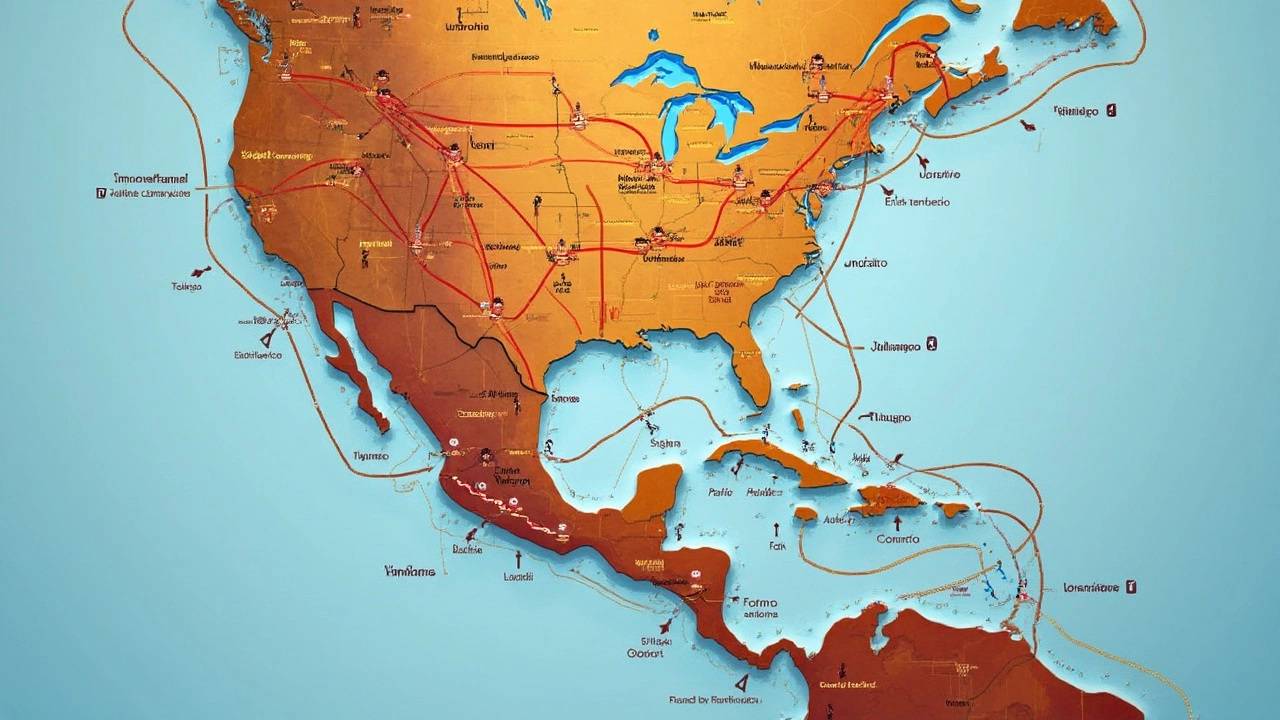International Trade Insights: What’s Happening in Global Manufacturing
If you’re curious about how products move across borders, you’re in the right place. This page gathers fresh stories that spell out the real‑world impact of international trade. From medicines leaving India to machinery flowing into the United States, each article breaks down the numbers, the rules, and the why behind the flow.
Top Trade Topics Covered
Our collection starts with India’s booming pharmaceutical sector. One post explains why the country makes a huge share of the world’s medicines – low costs, huge capacity, and a supportive regulatory environment. It also looks ahead to 2025 and what that means for quality and risk.
Another article compares the United States’ biggest sources of industrial machinery. It lists the top exporting countries, shows recent import stats, and points out trends that will shape the market in the next few years.
China’s role as the world’s largest electronics manufacturer gets a deep dive too. You’ll learn why the country dominates everything from smartphones to smart‑home devices, and what challenges it might face as the industry evolves.
We also cover specific trade rules, like why imported cars must be at least 25 years old. The piece explains the rule’s origin, its effect on car culture, and tips for enthusiasts who want to bring classic rides in.
For those interested in raw material flows, there’s a study on which countries dump the most plastic into the oceans, linking waste management to global trade practices. And if you’re watching steel, there’s a side‑by‑side look at Pittsburgh versus Birmingham, showing how historic hubs still influence today’s market.
Why These Insights Matter for You
Understanding trade isn’t just for economists. If you run a small business, knowing which countries export machinery can help you pick the right supplier and avoid hidden fees. If you’re a consumer, the pharma article can guide you on where your medicine comes from and what that means for safety.
Policy makers and investors also get value. The posts highlight how standards like India’s shift from BS4 to BS6 emissions affect vehicle imports and local manufacturing. This kind of info can shape decisions on where to invest or what regulations to push.
Each article is written in plain language, packed with real data, and ends with practical takeaways. No jargon, no fluff – just the facts you need to make smarter choices in a global market.
Browse the list below, click any headline that catches your eye, and get a clear picture of the forces moving goods around the world. Whether you’re looking for numbers, trends, or simple explanations, our international trade hub has you covered.

Where Does the US Buy Most of Its Steel?
The US relies heavily on steel imports to fulfill its industrial and construction needs. Major sources include Canada, Mexico, and Brazil, with Canada often topping the list due to its proximity and established trade agreements. Understanding where the US sources its steel can reveal insights into trade relationships and economic influences. The article explores key suppliers, trade dynamics, and the impacts on the domestic market.
